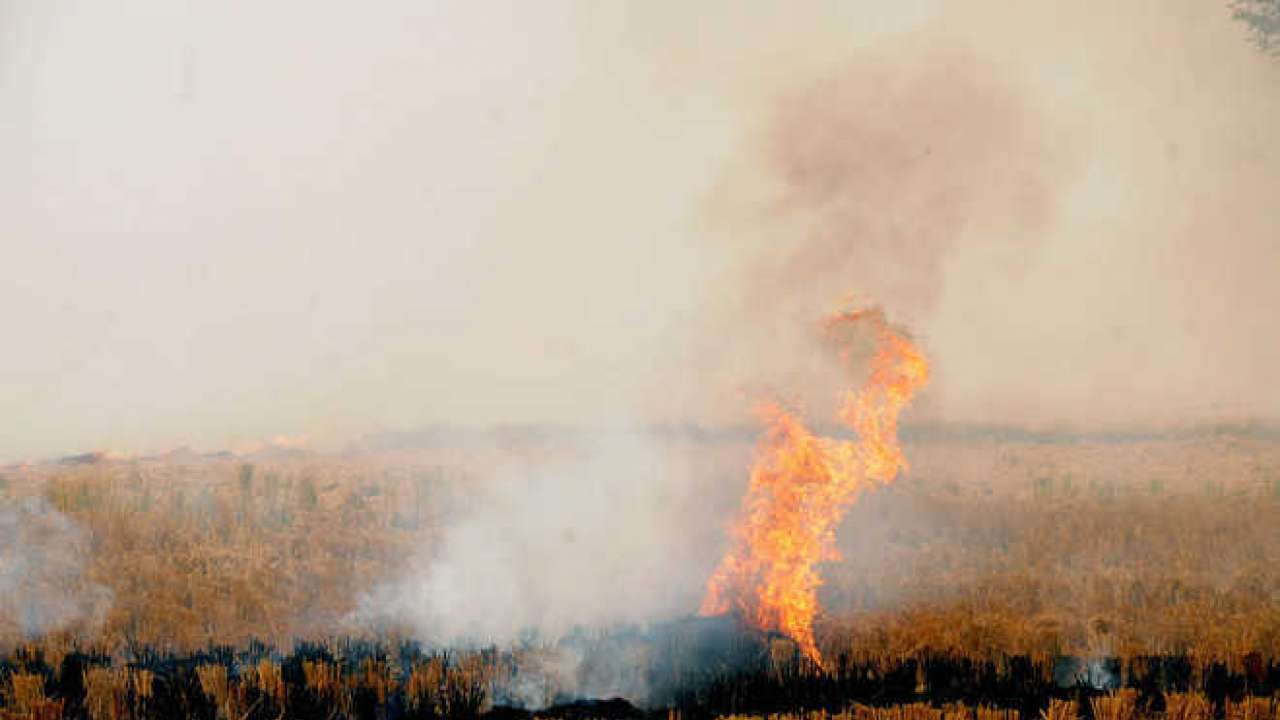With no plan, stubble burning may see 45% rise by 2050: Study

Stubble burning Picture for representation
Unless the government devises long-term strategies to manage crop residue, emissions from crop burning will increase by an estimated 45 per cent in 2050, a scientific paper published in Elsevier journal has said. Keeping 2017 as a base year, crop residue burning emissions were modelled up to 2050. A trend analysis of business as usual model showed that PM 2.5 emissions from crop burning may increase to 1193.88 gigagrams/year by 2050 from 823.36 in 2016-17.
The study was co-authored by Ravindra Khaiwal, additional professor, School of Public Health, Post Graduate Institute of Medical Education and Research, Chandigarh, Suman Mor, additional professor, department of environment studies, Panjab University and Tanbir Singh, PhD student, department of environment studies, Panjab University.
A national inventory of emissions from crop burning was prepared using guidelines of the Intergovernmental Panel on Climate Change (IPCC) and crop yield data between 2003-04 and 2016-17 was used to project generation of crop residue up to 2050, the paper said. Further, Food and Agricultural Organisation data was also used to project the rise in crop yields.
In India 488Mt of total crop residue was generated during 2017, and about 24 per cent of it was burnt in agricultural fields," the paper stated. It added that if all the crop residue currently produced is used for energy production, it can produce 120 Terawatt-hour of electricity.
"Our study was done over a period of three years and it shows that 75 per cent of the crop residue is already being used. If we use this scenario as an opportunity we can use crop residue for power generation and for employment generation as well," said Ravindra Khaiwal.
The study said that paddy crop residue contributed to 51 per cent of the total PM2.5 emissions, followed by wheat crop residue, which contributed 32 per cent of total PM2.5 emissions. Paddy residue burning also generated a high 56 per cent of PM10 emissions whereas 22 per cent was from wheat and 7 per cent from coarse cereal, the study added. The study acknowledged the challenges of collection and transportation of crop residue from farm to power plants as raw material in biomass power plants. It advocated for an integrated and sustainable crop residue management model.